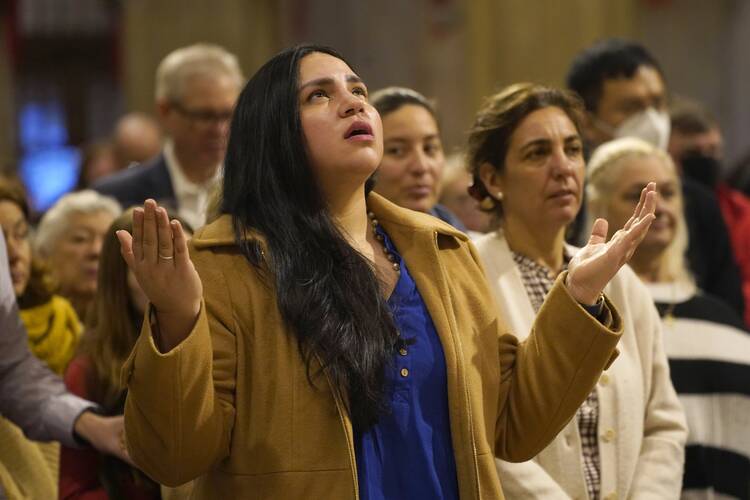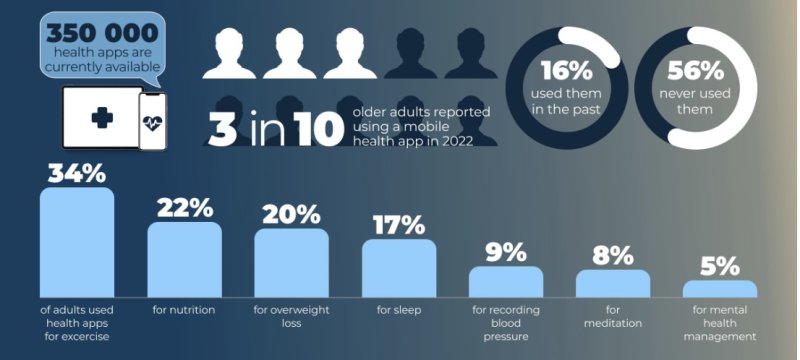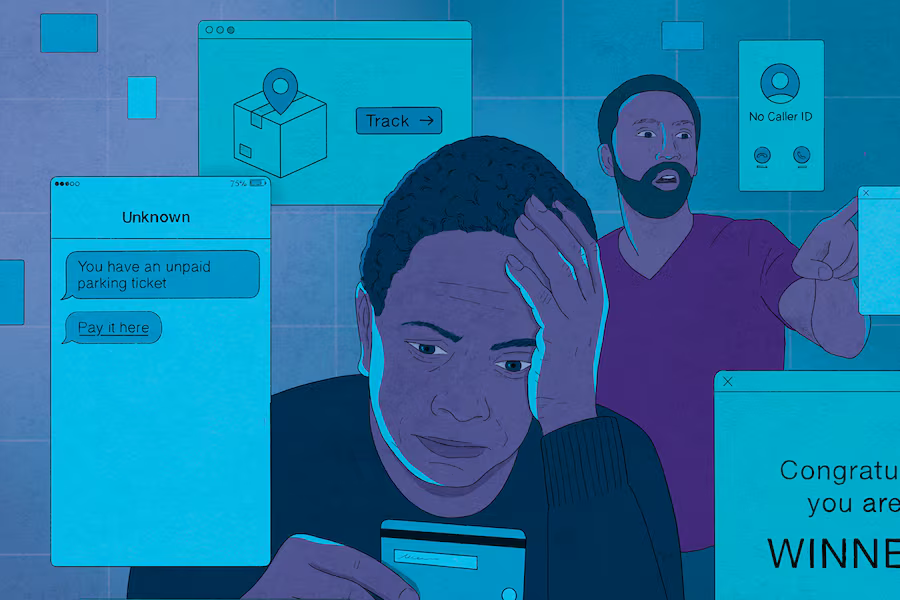What’s New in Digital Equity: State Toolkit Connects Seniors
Oct 23, 2025 Julia Edinger
Plus, New Mexico and Indiana are both expanding access to broadband, a federal government shift to paperless checks may widen digital inequities, and more.
This week in “What’s New in Digital Equity” — our weekly look at government digital equity and broadband news — we have a number of interesting items, which you can jump to with the links below:
- State Toolkit Connects Seniors
- New Mexico to Expand Infrastructure
- Indiana Connects Homes to Internet
- Urgency of Access With Paperless Federal Checks
- Report Reveals Computer Ownership Gaps
STATE TOOLKIT CONNECTS SENIORS
The Massachusetts Executive Office of Aging and Independence (AGE) released a new toolkit designed to support stakeholders across the state with a vested interest in improving digital skills among older adults — a term typically referring to those of ages 65 and older, per the National Institute on Aging.
The Enhancing Digital Literacy for Older Adults (EDLOA) Playbookaims to support Councils on Aging, Aging Services Access Points, community-based organizations and other partners.
The playbook aims to offer tools and examples via community case studies, strategies for designing and staffing community partnerships and programs, insights on building confidence in adult learners, and links to other resources in this space at both the state and national level.
It compiles insights learned through the EDLOA grant program, which was administered by AGE. During the two-year program, 24 grantees offered digital literacy support to thousands of older adults. This included technical assistance, device lending, and multilingual classes. The grantees were awarded a total of $1.8 million. The program was funded through the American Rescue Plan Act, and the Massachusetts Healthy Aging Collaborative offered technical assistance.
The playbook stresses that there is an important need to teach new adult learners about the digital world in meaningful ways, and that the population faces unique barriers to accessing the Internet. Community-specific feedback can help teach stakeholders about these needs.
Partnerships can play an essential role in bridging these access and literacy gaps in older adults, and there are many organizations that can help, with several highlighted in this playbook. That list includes the Alliance for Digital Equity, AARP’s Older Adults Technology Services through Senior Planet, Cyber Seniors, Essex County Community Foundation, Massachusetts Broadband Institute, Massachusetts Healthy Aging Collaborative, Massachusetts Law Reform Institute, the National Digital Inclusion Alliance and Tech Goes Home. Local partners like public libraries, housing departments, local businesses and educational institutions can also help.
The playbook’s key recommendations are to understand the local digital equity landscape, leverage partnerships and collaborations, document work, and continue iterating approaches.
NEW MEXICO TO EXPAND INFRASTRUCTURE
New Mexico’s Office of Broadband Access and Expansion has awarded $200,000 in grants through the state’s Grant Writing, Engineering, and Planning Program (GWEP).
Through GWEP, the state is investing in helping tribes, local governments and cooperatives provide broadband to unserved locations. Currently, $1.7 million is still available in grants through this program.
The two awards announced today will support the Pueblo of Pojoaque and Kit Carson Electric Cooperative Inc., going toward the planning, engineering and grant writing required to build broadband infrastructure. The first recipient will use its grant to strengthen connectivity and support future infrastructure investment; the second will use its award to strengthen federal grant proposals. Each recipient will receive $100,000 in grant funding.
INDIANA CONNECTS HOMES TO INTERNET
In other state news, the Indiana Broadband Office has connected 156 addresses across 30 counties to broadband through the Indiana Connectivity Program’s 15th round. Through this effort, the state contributed $654,676, which was paired with more than $1 million from Internet service providers.
With this money, the program has allocated more than $14 million in funding to service more than 3,000 locations. Broadband providers must complete their projects within nine months of the contract date set through this program.
Homeowners or business owners at unserved or underserved locations can express their interest in participating in this program through the state’s Next Level Connections portal.
URGENCY OF ACCESS WITH PAPERLESS FEDERAL CHECKS
The federal government stopped issuing paper checks for benefits like Social Security as of Sept. 30. Now, payments are deposited directly into bank accounts or onto prepaid debit cards. Because about 15 percent of U.S. households are underbanked and 5 percent unbanked entirely, this change may pose barriers. The reasons individuals may not have or use a bank account can be varied.
The transition to paperless checks aims to simplify processes, but it could also create a new barrier to accessing essential benefits for those who lack bank accounts, Internet service or digital skills.
Nonprofit organizations play a key role in helping people access the Internet, with governments relying more heavily on their support in the wake of the Digital Equity Act’s illegal termination. Although the Digital Equity Act’s termination is being challenged with a lawsuit, the funding is currently unavailable and its programs’ future remains uncertain.
REPORT REVEALS COMPUTER OWNERSHIP GAPS
More than 33 million people in the U.S. either lack a computing device or rely exclusively on a smartphone to use the Internet, according to a report from the nonprofit organization Digitunity. The report explores computer ownership data from the U.S. Census Bureau’s 2023 American Community Survey.
Other findings in the report highlight the disparities in computer access. For example, 1 in 7 U.S. households lacks access to a large-screen computer. Older adults are five times more likely to lack a computer than working-age adults, and 1 in 10 older adults relies on a smartphone.
There are even geographic disparities highlighted in the report. For example, a household in Mississippi is three times more likely not to have a large-screen computer than one in Utah.
The report offers recommendations to support expanded access to computer ownership for impacted populations.












